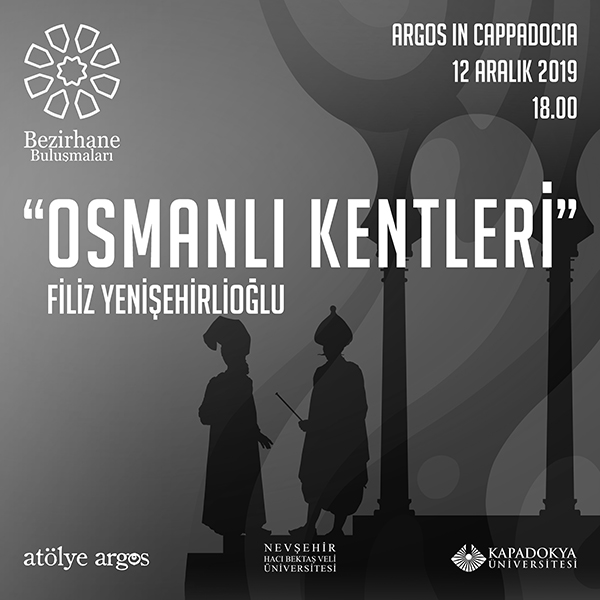Ottoman Cities
Prof. Dr. Filiz Yenişehirlioğlu is a faculty member at Koç University Archeology and Art History
Department since 2014. She is also the Director of Vehbi Koç Ankara Studies Application and
Research Center at Koç University in Ankara. Previously, she was the founding dean of the
Faculty of Fine Arts and Design at Başkent University, and before that, she worked at the
Department of Art History at Hacettepe University for many years. She has given lectures on
Ottoman Art, Architecture, Cities and Archeology and has international and national
publications, conferences, and papers on this subject.
Ottoman Cities
Starting from the XVth century Ottoman Principality Period until the eve of the First World War, the Ottomans established new cities and settlements or changed the previously established cities, which they included in the Ottoman Historical Geography, within the scope of their own institutions. The processes of rebuilding or creating change have developed not with a regular or systematic policy within the whole historical geography, but within the scope of military, economic and social relations, showing differences according to periods. There are similarities and/or differences between the Balkan cities and the Middle East cities, and there are also differences between the cities taken by war and the cities taken by ‘Amanname’ (an amnesty warrant given mostly to the non-Muslim subject). The regions directly connected to the Ottoman Empire and the regions of the Christian Principalities connected to the Ottoman Empire only in foreign affairs differ in terms of population and settlement. The institutions and structures seen in the fifteenth century cities are different from those of the nineteenth century. The architectural styles of each period and the similarities or differences of these styles with the Capital (Istanbul) vary according to the periods and the relationship of that settlement with the capital. The establishment of the neighborhoods in the cities and the relations of the kulliyes (the Islamic-Ottoman social complexes) are effective in the formation of the urban fabric. In this talk, the above features will be shown in detail over selected cities.
Start Date: 12.12.2019
Time: 18.00
Region: Cappadocia Campus
Location: Argos in Cappadocia
End Date:
Activity Type: Talk Show
Organizing Unit: Health Culture and Sports Unit
Ottoman Cities
Starting from the XVth century Ottoman Principality Period until the eve of the First World War, the Ottomans established new cities and settlements or changed the previously established cities, which they included in the Ottoman Historical Geography, within the scope of their own institutions. The processes of rebuilding or creating change have developed not with a regular or systematic policy within the whole historical geography, but within the scope of military, economic and social relations, showing differences according to periods. There are similarities and/or differences between the Balkan cities and the Middle East cities, and there are also differences between the cities taken by war and the cities taken by ‘Amanname’ (an amnesty warrant given mostly to the non-Muslim subject). The regions directly connected to the Ottoman Empire and the regions of the Christian Principalities connected to the Ottoman Empire only in foreign affairs differ in terms of population and settlement. The institutions and structures seen in the fifteenth century cities are different from those of the nineteenth century. The architectural styles of each period and the similarities or differences of these styles with the Capital (Istanbul) vary according to the periods and the relationship of that settlement with the capital. The establishment of the neighborhoods in the cities and the relations of the kulliyes (the Islamic-Ottoman social complexes) are effective in the formation of the urban fabric. In this talk, the above features will be shown in detail over selected cities.
Start Date: 12.12.2019
Time: 18.00
Region: Cappadocia Campus
Location: Argos in Cappadocia
End Date:
Activity Type: Talk Show
Organizing Unit: Health Culture and Sports Unit


